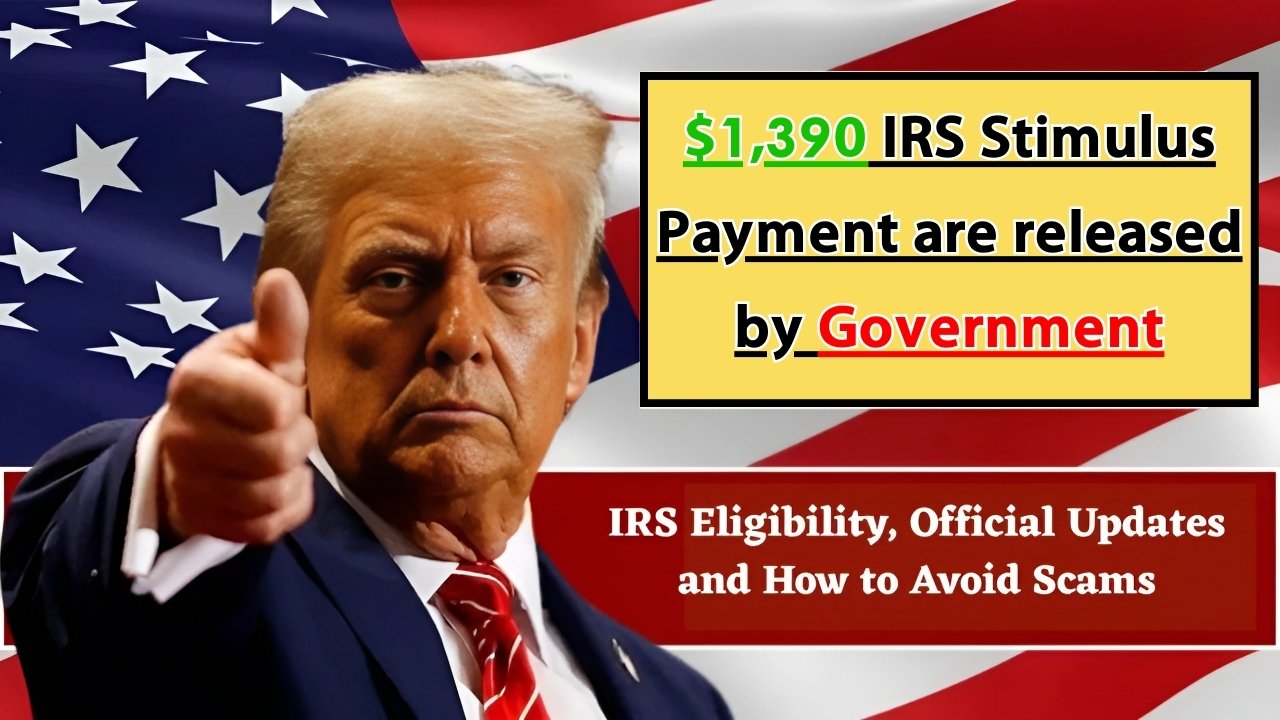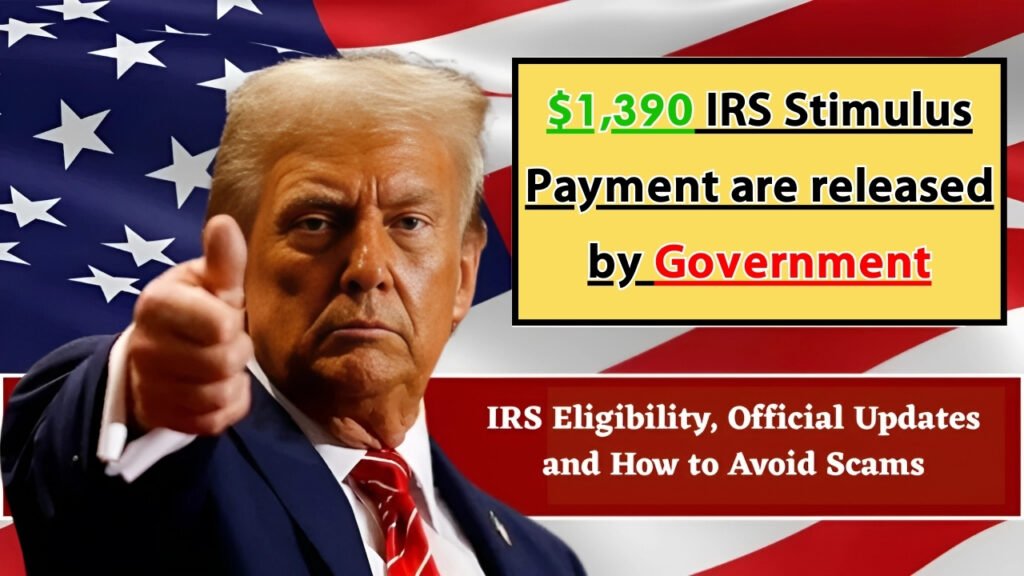Stimulus Payment : The Internal Revenue Service has begun distributing a new $1,390 stimulus payment to eligible Americans as part of continued economic relief efforts. This latest round of payments aims to provide financial support to individuals and families still recovering from economic disruptions. The IRS has streamlined the distribution process based on lessons learned from previous stimulus programs, ensuring faster delivery to those who qualify.
Key Eligibility Requirements Explained
To qualify for the $1,390 payment, individuals must meet specific income thresholds based on their most recent tax filing. Single filers with adjusted gross income up to $75,000 receive the full amount, while married couples filing jointly qualify for full payment with combined income up to $150,000. Head of household filers see a limit of $112,500 for the complete payment amount.
The payment phases out gradually for those earning above these thresholds. Single filers earning between $75,000 and $80,000 receive reduced amounts, with payments decreasing by $5 for every $100 earned above the limit. Married couples see similar reductions between $150,000 and $160,000, while head of household filers phase out completely at $120,000.
Additional Qualifying Factors
Beyond income requirements, recipients must possess valid Social Security numbers and cannot be claimed as dependents on another person’s tax return. Age restrictions don’t apply, meaning eligible college students and working teenagers who file independently can receive payments. Non-resident aliens and those filing with Individual Taxpayer Identification Numbers typically don’t qualify for this distribution.

Dependents add value to household payments, with qualifying children under 17 generating additional amounts. Adult dependents, including college students and elderly relatives, may also increase household payment totals. Foster children and adopted children qualify the same as biological children, provided proper documentation exists in tax records.
Payment Distribution Timeline
The IRS prioritizes electronic payments for those with direct deposit information already on file. These recipients typically see funds within 5-7 business days of processing. The agency uses the most recent banking information available, whether from 2023 tax returns, previous stimulus payments, or federal benefit programs.
Paper checks and prepaid debit cards follow for those without electronic deposit information. Mailing begins approximately two weeks after electronic distributions start, with delivery times varying by postal service efficiency. Recipients can update banking information through the IRS online portal to expedite future payments.
How to Track Your Payment Status
The IRS “Get My Payment” tool provides real-time updates on payment status and projected delivery dates. Users need basic information including Social Security numbers, birth dates, and mailing addresses to access their personalized information. The system updates daily, usually overnight, with the latest processing information.
Those unable to access online tools can call IRS helplines, though wait times often extend during peak distribution periods. Local tax assistance centers also provide in-person help for complex situations, though appointments may be necessary. The IRS never initiates contact about stimulus payments through phone calls or emails.
Special Circumstances and Exceptions
Several situations may affect payment timing or amounts. Recently divorced individuals might need to clarify their filing status if their situation changed since their last tax return. Those who recently lost dependent status should verify their independent filing eligibility. Military families stationed overseas follow standard distribution timelines with potential postal delays.
Recipients of Social Security, disability benefits, or veterans’ benefits automatically qualify if they meet income requirements. These individuals don’t need to file tax returns solely to receive stimulus payments. The IRS coordinates with benefit agencies to ensure accurate payment distribution to these populations.
$2,970 Direct Deposit are credited in your account – Check all details
Stimulus Payment Protecting Your Payment from Fraud
Stimulus payment announcements typically trigger increased scam attempts. Remember the IRS never demands immediate payment or threatens arrest for non-compliance. Official communications arrive through postal mail, not unexpected phone calls or emails. Anyone requesting fees to process or expedite stimulus payments operates fraudulently.
Identity theft concerns require vigilance during payment distributions. Monitor bank accounts for unauthorized access and report suspicious activity immediately.
